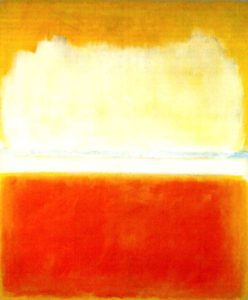There is an interesting little argument about the meaning of one of the more popular symbols on the seder plate. The “seder plate” holds symbolic foods which tell the story of Passover. There are bitter herbs which are reminiscent of the bitterness of slavery, there is a shank bone which is symbolic of the Passover sacrifice, there are green vegetables or herbs which are resonant with the Spring in which the Exodus took place. Then there is haroset. If you have ever taken part in a seder, or learned about one, you know that while haroset is supposed to play a supporting role—it is eaten together with the bitter herbs to sweeten the experience—it takes a more central role as a respite from the matzohs and the bitter herbs. There are many recipes for the sweet haroset paste which vary based on country of origin, family traditions, and personal taste. Even Maimonides, the great medieval Jewish philosopher and jurist, published his haroset recipe in his commentary on the Mishnah.
As children, many of us were taught that the haroset is symbolic of the mortar which the Israelite slaves were forced to use to build bricks (cf. Exodus Chapter 5). Many recipes do yield a reddish brown colored paste which might look brick-like. However, the sweetness of the haroset, for me, always stood in stark contrast to its symbolic function—remembering bitter hardship.
Continue reading
